The world of paleontology has taken a significant leap forward with the advent of three-dimensional scanning technologies applied to amber inclusions. These fossilized tree resins, often containing perfectly preserved organisms from millions of years ago, have long fascinated scientists. However, traditional methods of studying these specimens often involved destructive techniques or limited two-dimensional observations. The integration of high-resolution 3D scanning is revolutionizing how researchers examine and understand these ancient time capsules.
Amber, with its unique preservation qualities, offers an unparalleled window into prehistoric ecosystems. Insects, plants, and even small vertebrates trapped in the sticky resin millions of years ago are frequently found in remarkable detail. The challenge has always been how to study these specimens without damaging them or losing valuable information. This is where advanced imaging technologies are making their mark, allowing for non-invasive examination that preserves the integrity of these precious fossils while extracting unprecedented amounts of data.
Modern micro-CT scanning systems have become the tool of choice for examining amber inclusions. These systems work by taking thousands of X-ray images from different angles, which are then reconstructed into detailed three-dimensional models. The resolution achievable with current technology is astonishing - capable of revealing microscopic structures like individual hairs on an insect's leg or the delicate veins in a trapped leaf. This level of detail was unimaginable with traditional microscopy techniques, which often required cutting or polishing the amber to view inclusions.
The process begins with careful selection of the amber specimen. Not all pieces are suitable for scanning; the clarity of the resin and the position of the inclusion play crucial roles in determining the quality of results. Once selected, the amber is mounted in the scanning chamber, where it will rotate slowly while being bombarded with X-rays. The duration of a scan can vary from several hours to days, depending on the desired resolution and the size of the specimen. The resulting data set, often comprising gigabytes of information, then undergoes sophisticated computer processing to create the final 3D model.
One of the most exciting aspects of this technology is its ability to reveal hidden features that would otherwise remain unknown. In many cases, multiple organisms are trapped in a single piece of amber, positioned at different depths within the resin. Traditional observation methods might miss these additional specimens or fail to show their spatial relationships. With 3D scanning, researchers can virtually "dissect" the amber, examining each inclusion separately while maintaining the context of their original positions. This has led to numerous discoveries of predator-prey interactions, mating behaviors, and other ecological relationships frozen in time.
The applications of this technology extend beyond simple observation. Paleontologists are now using these detailed scans to compare extinct species with their modern relatives, studying evolutionary changes over geological timescales. The three-dimensional data allows for precise measurements of morphological features, enabling statistical analyses that were previously impossible. Some research teams are even experimenting with 3D printing scaled-up versions of tiny inclusions, creating physical models that can be handled and studied more easily than the original microscopic specimens.
Perhaps the most groundbreaking development has been the ability to share these digital specimens with researchers worldwide. Unlike physical amber collections that are often housed in specific museums or institutions, 3D scan data can be distributed electronically, allowing for collaborative studies without the need to transport delicate fossils. This democratization of access is accelerating research in the field, as scientists from different disciplines can examine the same specimen simultaneously from different locations. Online repositories of scanned amber inclusions are beginning to emerge, creating a valuable resource for the scientific community.
As with any emerging technology, challenges remain. The high cost of micro-CT equipment puts it out of reach for many smaller institutions, though shared facilities and service providers are helping to mitigate this issue. The massive data sets produced by these scans require significant storage capacity and processing power. There's also the ongoing challenge of developing software tools specifically tailored for analyzing biological inclusions in amber, as most current systems were designed for medical or materials science applications.
Looking to the future, the potential applications of 3D scanning in amber research continue to expand. Some scientists are exploring the combination of scanning techniques with spectroscopic methods to analyze the chemical composition of inclusions. Others are working on improving resolution to the nanometer scale, which could reveal cellular structures in exceptionally preserved specimens. As the technology becomes more accessible and refined, we can expect even more remarkable discoveries from these ancient time capsules.
The study of amber inclusions through 3D scanning represents a perfect marriage of cutting-edge technology and ancient natural preservation. It allows us to peer into ecosystems that existed tens of millions of years ago with a clarity that would astonish the pioneering paleontologists of previous centuries. Each scan adds another piece to the puzzle of life's history, helping us understand how modern ecosystems evolved and potentially providing insights into how they might change in the future. As this field continues to develop, we stand on the threshold of discoveries that could reshape our understanding of prehistoric life.

By Grace Cox/Apr 27, 2025

By Christopher Harris/Apr 27, 2025

By Thomas Roberts/Apr 27, 2025

By Joshua Howard/Apr 27, 2025

By George Bailey/Apr 27, 2025
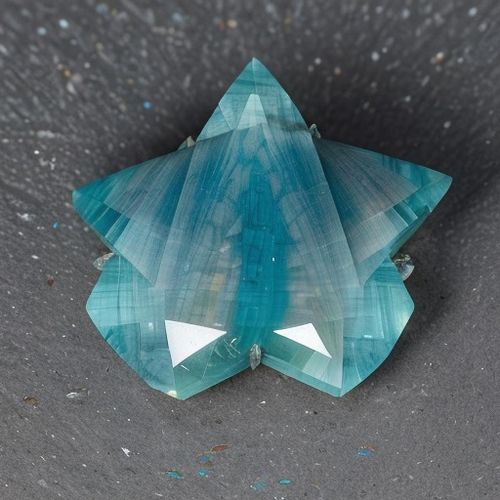
By Amanda Phillips/Apr 27, 2025

By Emily Johnson/Apr 27, 2025
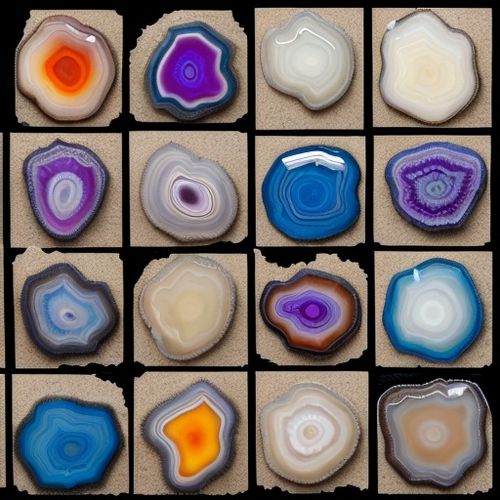
By Samuel Cooper/Apr 27, 2025
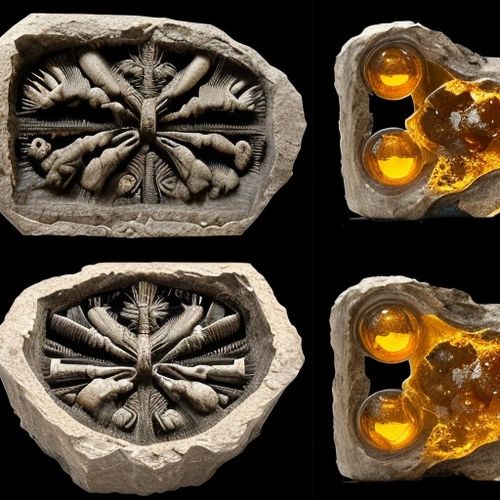
By Emma Thompson/Apr 27, 2025

By George Bailey/Apr 27, 2025

By Eric Ward/Apr 27, 2025

By Noah Bell/Apr 27, 2025
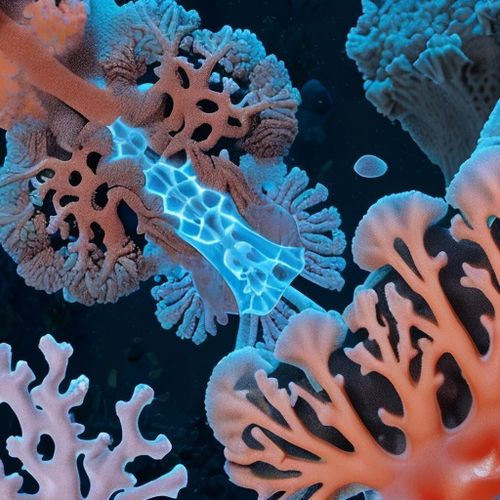
By Samuel Cooper/Apr 27, 2025

By Eric Ward/Apr 27, 2025

By George Bailey/Apr 27, 2025

By Eric Ward/Apr 27, 2025
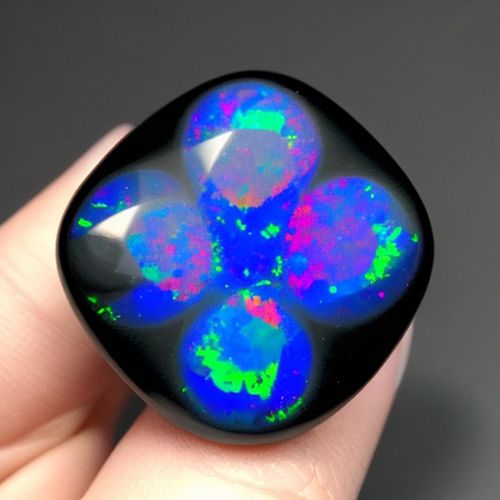
By David Anderson/Apr 27, 2025

By Lily Simpson/Apr 27, 2025

By Natalie Campbell/Apr 27, 2025
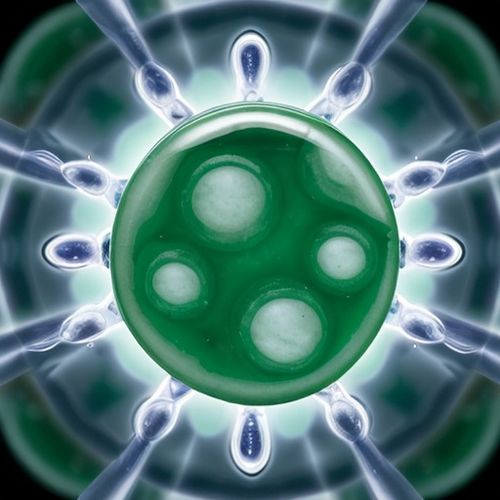
By William Miller/Apr 27, 2025